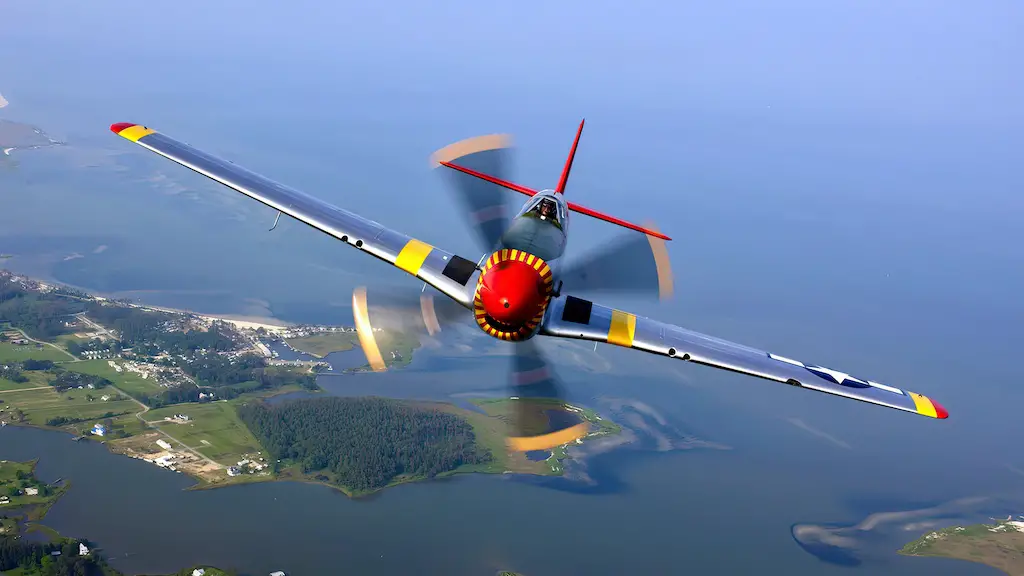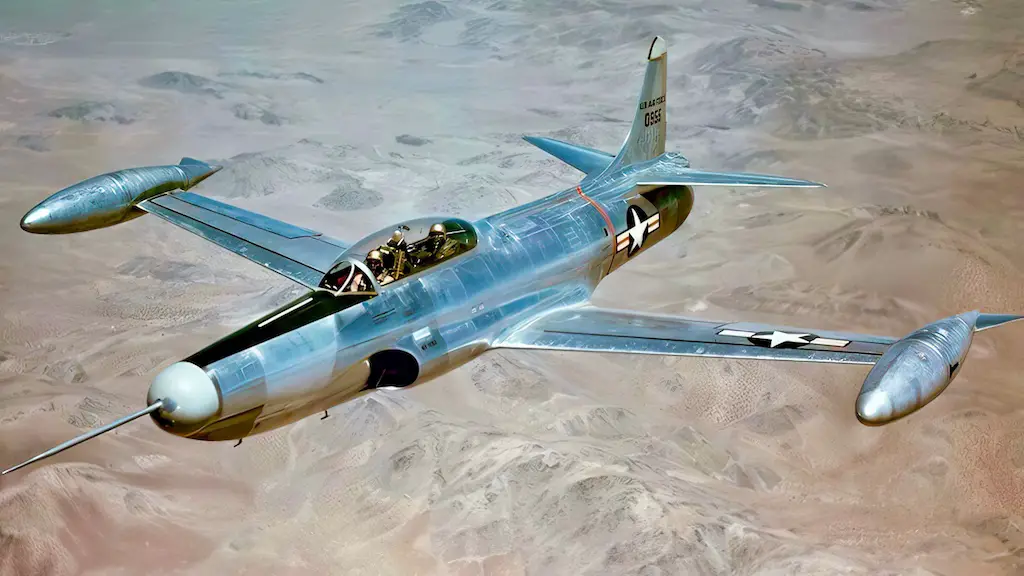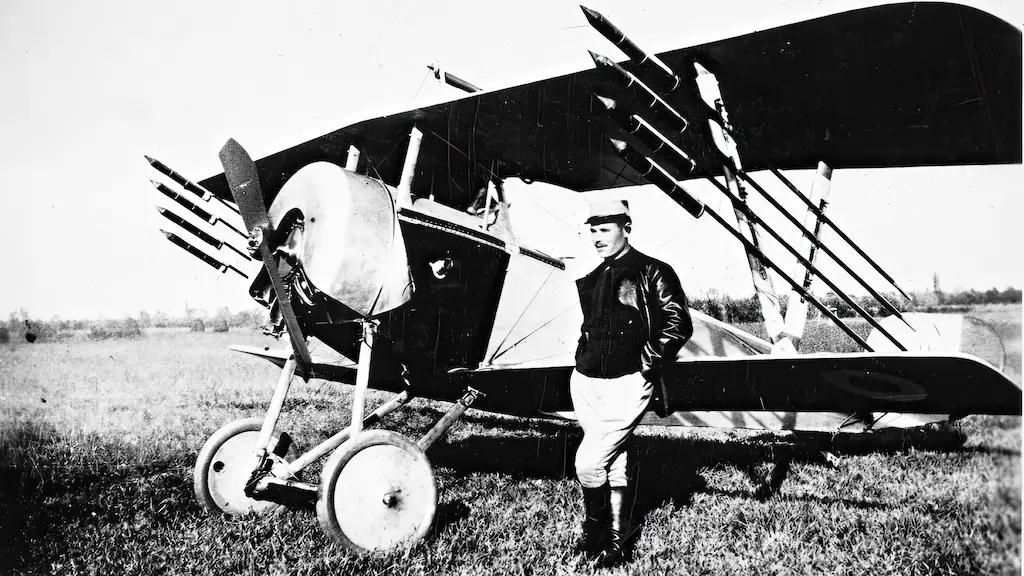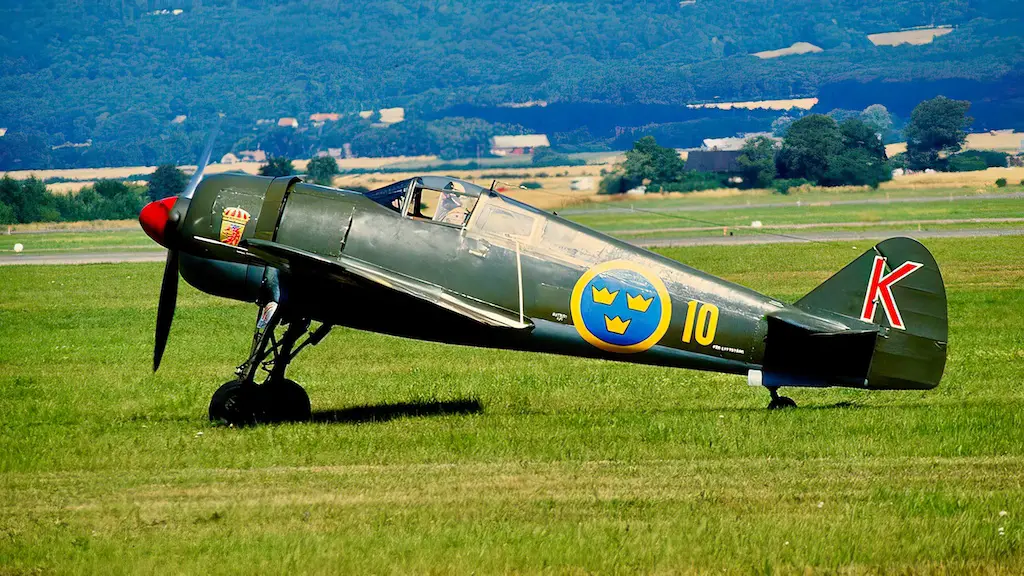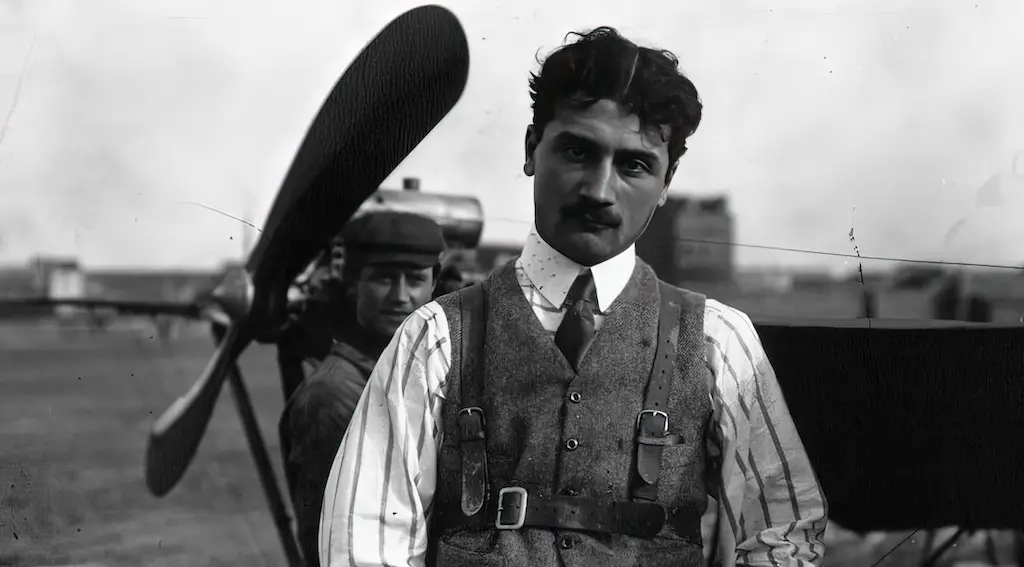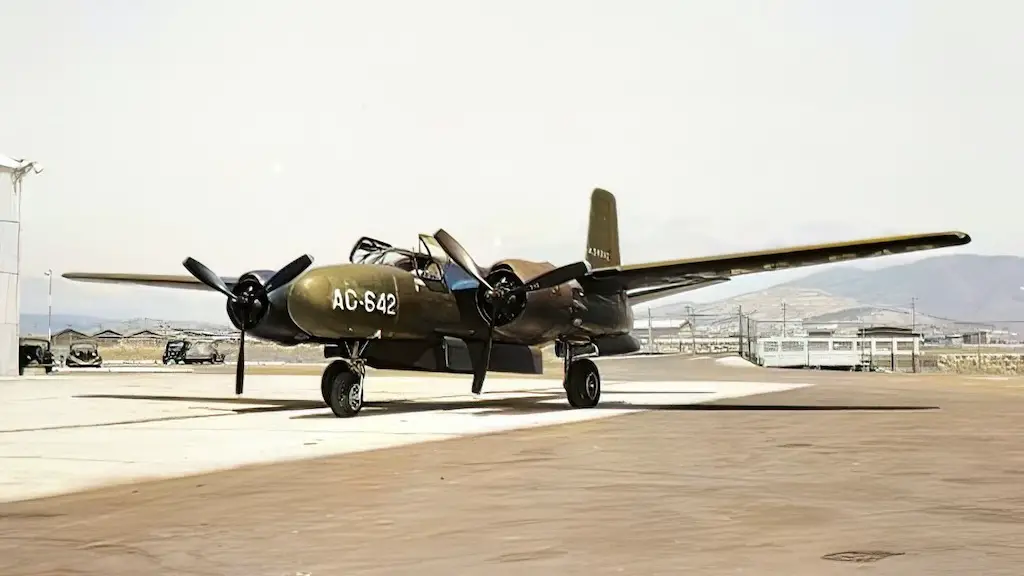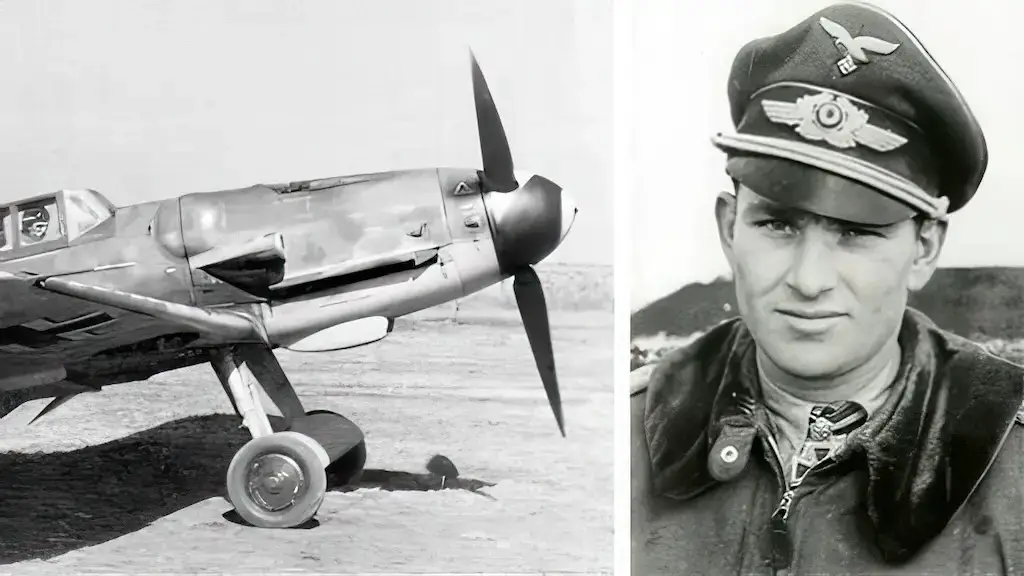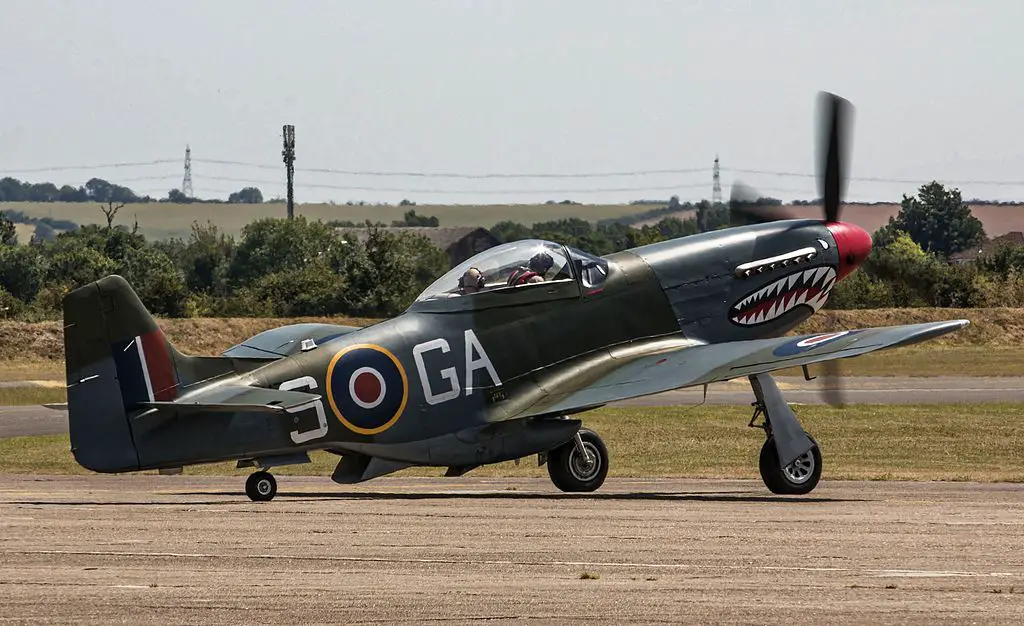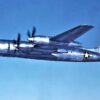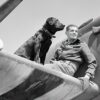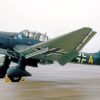The P-51 Mustang is an iconic aircraft that played a pivotal role during World War II. Renowned for its speed, range, and firepower, the Mustang remains one of the most celebrated and influential fighter planes in aviation history. In this article, we will delve into the fascinating story behind the P-51 Mustang and explore its remarkable achievements.
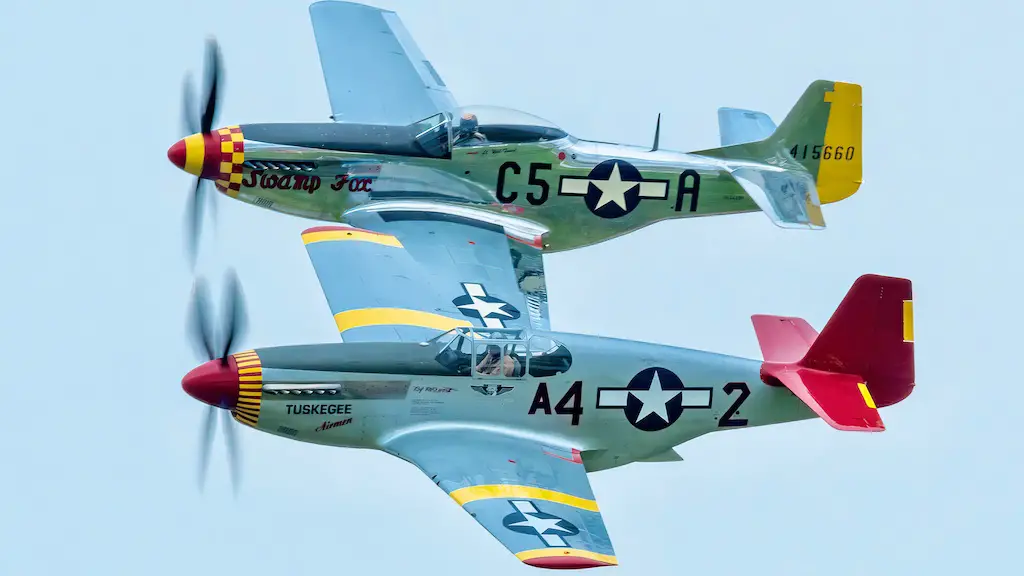
Development and Design
The P-51 Mustang originated from a British request for a high-altitude, long-range fighter aircraft. In response, North American Aviation produced a design that incorporated the innovative combination of the British Rolls-Royce Merlin engine and an aerodynamically streamlined fuselage. This pairing created an extraordinary aircraft capable of reaching speeds of over 400 mph and flying at altitudes of 41,900 feet. With its low-drag airframe and advanced wing design, the Mustang possessed exceptional range, making it an ideal escort fighter for long-range bomber missions.
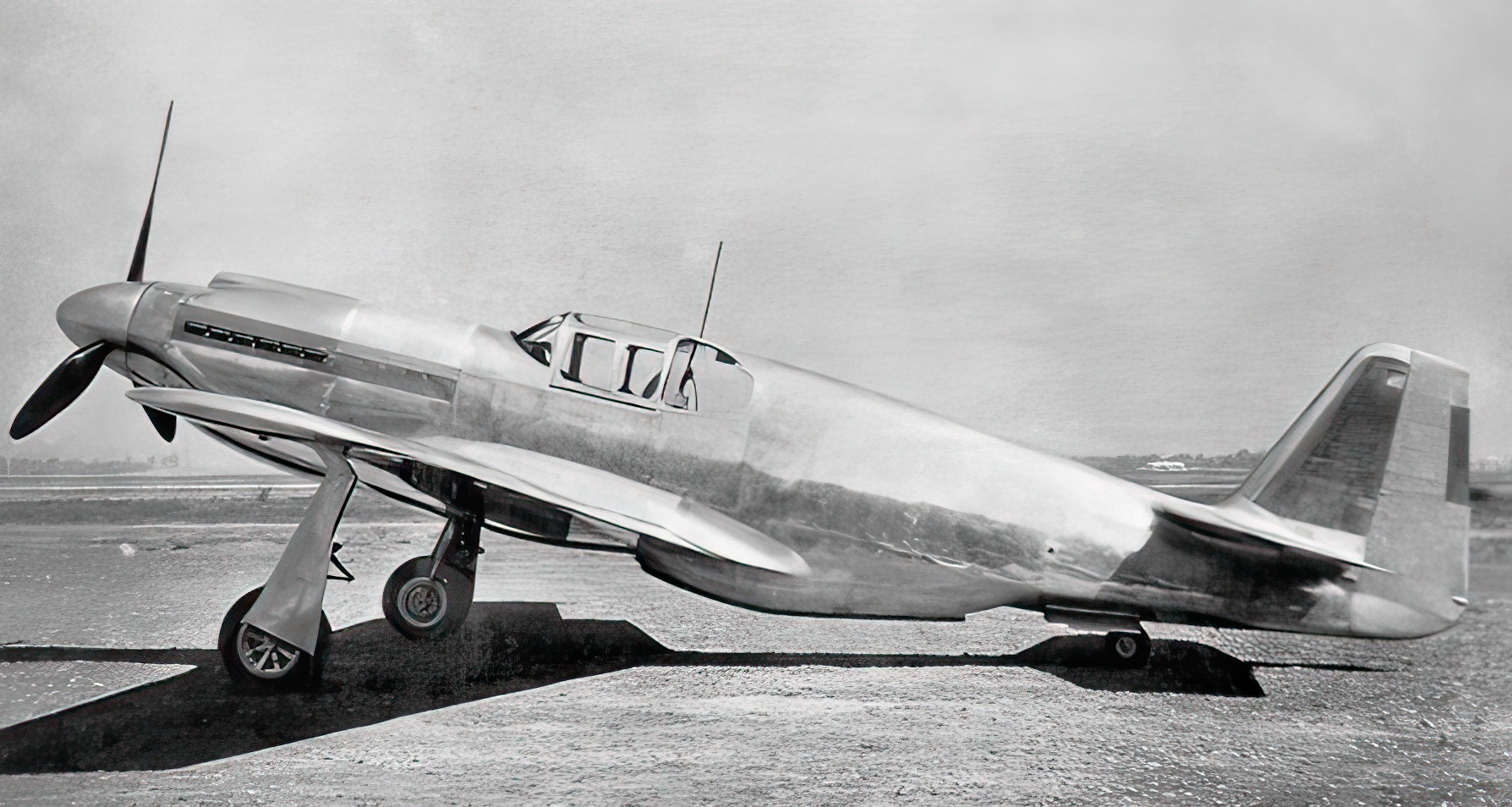
Operational History
Entering service in 1942, the P-51 Mustang quickly made its mark on the European theater. It provided crucial protection to Allied bombers during strategic bombing campaigns, helping to turn the tide in favor of the Allies. The long-range capability of the Mustang allowed it to accompany bombers deep into enemy territory, engaging in dogfights with German Luftwaffe fighters and suppressing enemy air defenses. The Mustang’s agility, speed, and firepower made it a formidable adversary in aerial combat.
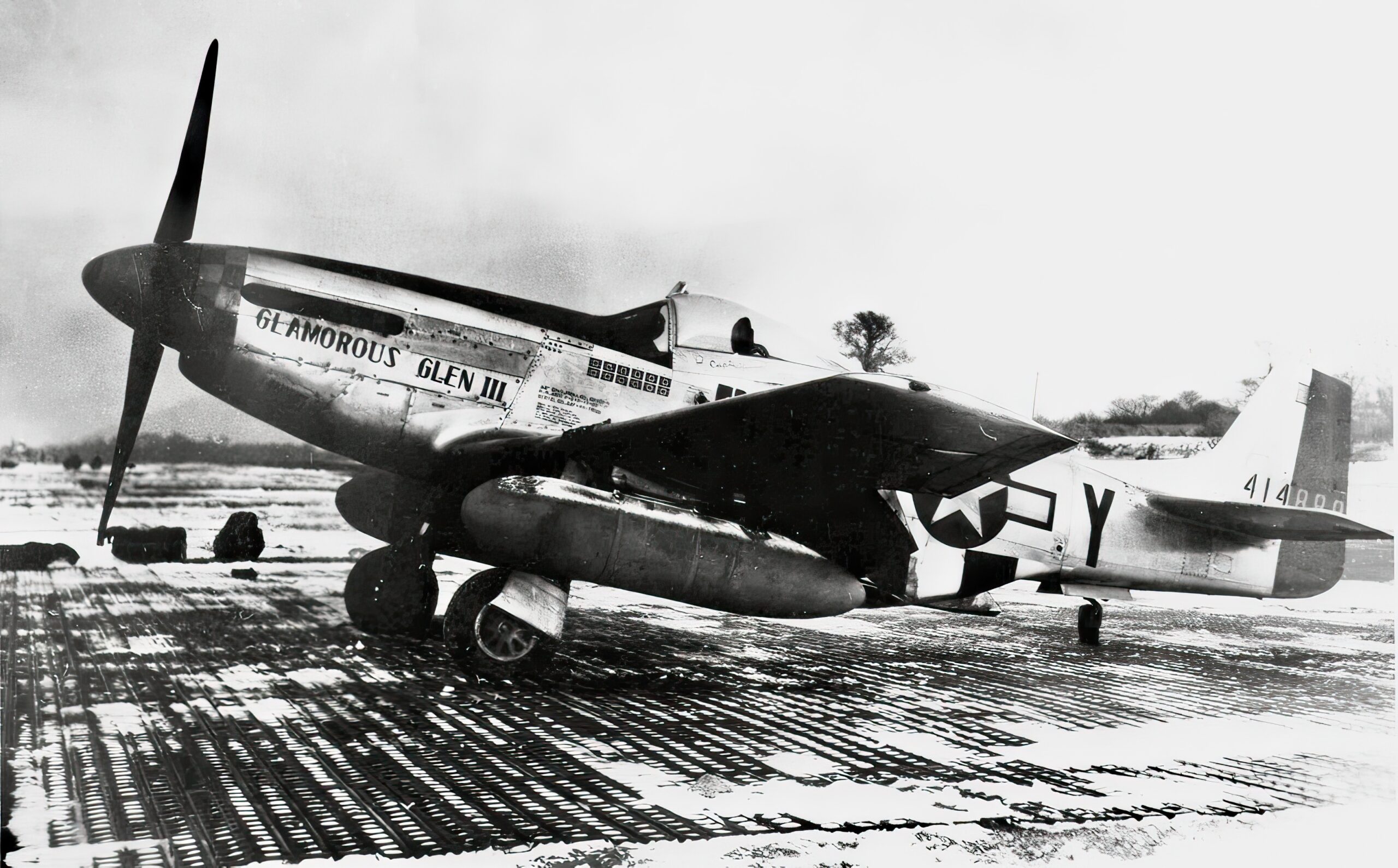
Legendary status
However, it was the introduction of the P-51D model that truly solidified the Mustang’s legendary status. Equipped with a bubble canopy for improved visibility and armed with six .50 caliber machine guns, the P-51D possessed a lethal combination of speed, firepower, and maneuverability. The aircraft’s range was further extended by the addition of external fuel tanks, enabling it to fly escort missions from England to Berlin and back without refueling.
The Mustang’s finest hour came during the air campaign against Germany. Its superior performance and impressive kill-to-loss ratio made it the preferred fighter among many Allied pilots. Notably, the P-51 Mustangs long-range capabilities played a significant role in crippling the German war machine by neutralizing critical infrastructure and disrupting enemy supply lines.
Legacy and Impact
Beyond its wartime accomplishments, the P-51 Mustang left an indelible mark on aviation history. Its remarkable success led to the continued development of high-performance fighter aircraft after World War II. The Mustang’s design principles and technological advancements influenced subsequent generations of aircraft, and its distinctive silhouette became synonymous with the golden age of aviation.
The P-51 Mustang remains an enduring symbol of American ingenuity, engineering prowess, and the courage of the pilots who flew it. It stands as a testament to the power of innovation and the immense impact a single aircraft can have in shaping the outcome of a conflict. Today, restored P-51 Mustangs can be seen at air shows and museums worldwide, allowing new generations to appreciate the legacy and heroism associated with this legendary warbird.
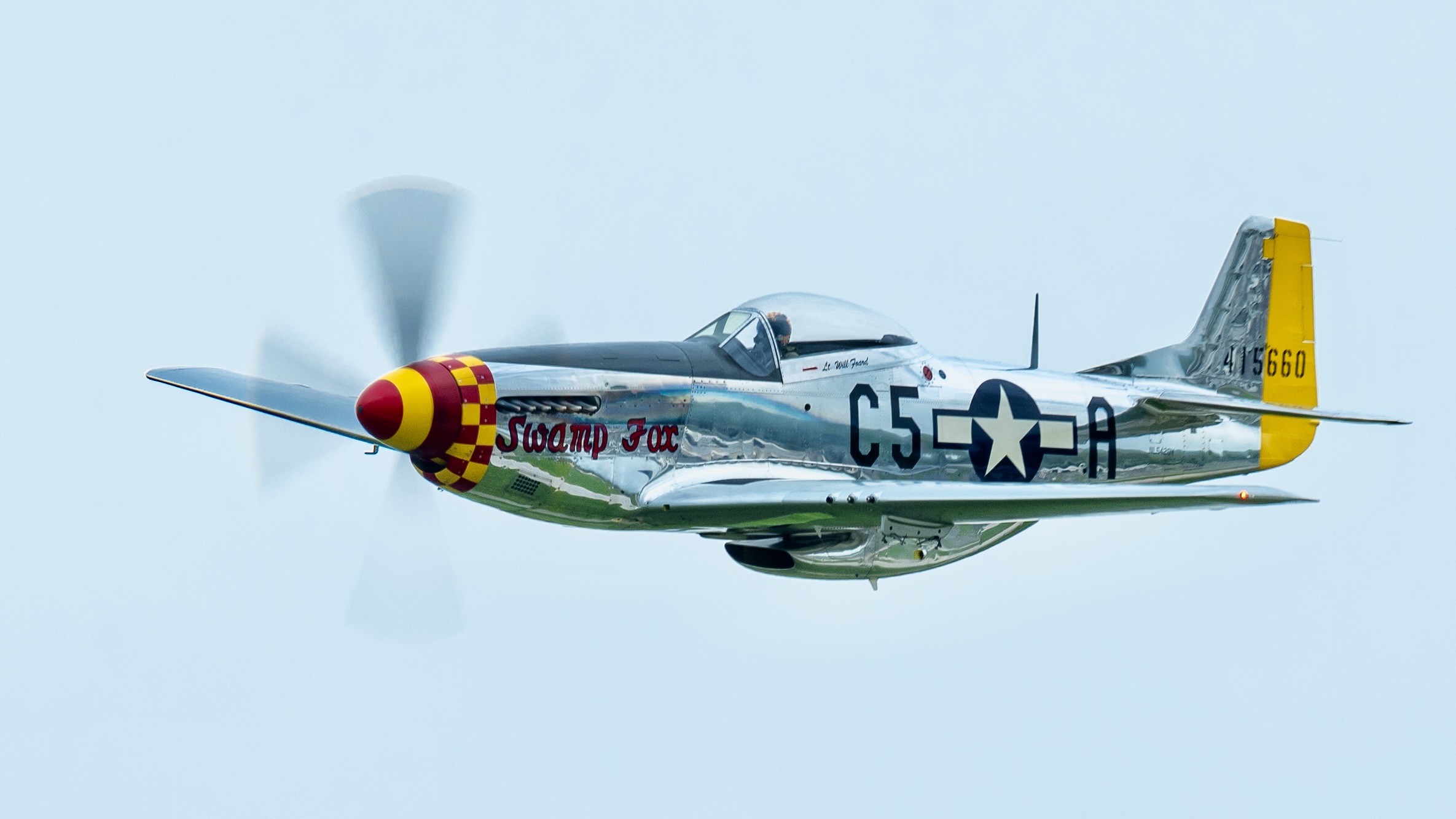
Cementing its place
The P-51 Mustangs significance in aviation history cannot be overstated. Its combination of speed, range, and firepower made it an extraordinary fighter aircraft. Whether defending bombers or engaging in dogfights, its contributions during World War II were instrumental in securing victory for the Allied forces.

